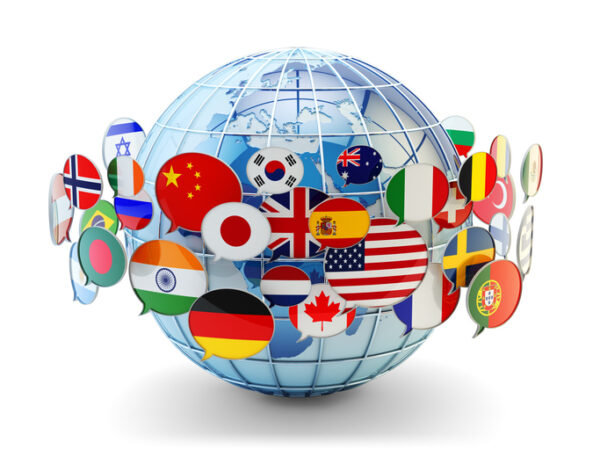Unveiling the Meaning of Kääntäh
Kääntäh might be an unfamiliar term to many, but it holds significant meaning in the Finnish language. Derived from “käännetä,” meaning “to translate” or “to turn,” Kääntäh encapsulates both translation and transformation. In Finnish culture, words are powerful vessels of meaning, and the art of translation goes beyond mere word substitution—it involves capturing the essence and nuances of language and transferring them into a different linguistic context. Kääntäh embodies this duality, representing a journey through the mysteries of words and culture, inviting us to explore the deeper significance embedded within languages.
The Historical and Cultural Significance of Kääntäh
Though Kääntäh may seem like a modern concept, its roots stretch back centuries, bearing cultural significance across various societies. Originating from the Finnish word “käännettävä,” meaning “to be translated,” Kääntäh refers to individuals proficient in multiple languages who can translate not just words, but also cultural nuances. These translators bridge communication gaps and foster understanding between cultures. Similar concepts exist globally, such as Japan’s “honyaku-shi” (language craftsman) and India’s “Anuvadak” (interpreter), highlighting the universal importance of this role.
Diverse Interpretations of Kääntäh
Kääntäh, with its Finnish origins, holds various interpretations and translations, each adding depth to its meaning. Commonly translated as “to turn,” it signifies physical actions like turning a page. However, it also carries metaphorical meanings like “to transform” or “to convert,” emphasizing the transformative power of language. In Swedish and Norwegian, Kääntäh translates as “translate,” highlighting its role in connecting people across cultures and fostering understanding through linguistic exchange.
The Interplay Between Language and Culture
Language and culture are deeply intertwined, with each shaping the other. Language reflects cultural identity, carrying history, traditions, beliefs, and values. It acts as a mirror, with vocabulary often reflecting the environment and priorities of a culture. For example, indigenous languages might have numerous words for nature-related concepts. Additionally, the Sapir-Whorf hypothesis suggests that language influences thought and perception, demonstrating how linguistic differences can shape our understanding of reality. Conversely, culture also influences language, guiding the development of vocabulary and expressions.
Kääntäh: A Reflection of Community Values and Beliefs
Kääntäh, translating as “to translate,” is a powerful tool for cultural understanding and connection. It goes beyond linguistic conversion, delving into cultural nuances to accurately convey meaning. Finnish culture, for instance, values “sisu,” a concept of determination and resilience that is difficult to translate directly but can be understood through stories and examples. Kääntäh’s translations provide insights into such cultural values, enriching our understanding of different societies.
Personal Stories and Experiences with Kääntäh
Kääntäh is more than just a linguistic concept; it encompasses personal experiences and stories that highlight its cultural significance. Learning the meanings behind words from different languages creates a bridge between cultures. For instance, encountering the Finnish word “sisu” can create a cultural connection, revealing the essence of Finnish resilience. Kääntäh also uncovers hidden meanings within familiar words, enhancing our appreciation of language’s depth. Additionally, it plays a crucial role in preserving cultural heritage, ensuring that language and its associated traditions are passed down through generations.
Conclusion
Our journey through Kääntäh reveals the profound impact of language on shaping our world. Language reflects our history, beliefs, values, and identities, offering unique perspectives and cultural insights. Understanding the varying connotations of words across cultures underscores the importance of cultural sensitivity. Languages evolve and influence each other, highlighting the interconnectedness of cultures. Language also preserves cultural heritage, passing down traditions and beliefs. Through Kääntäh, we gain a deeper appreciation for the richness and diversity of words and cultures, enriching our global understanding and fostering cross-cultural connections.
